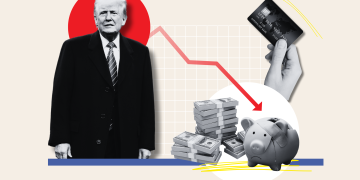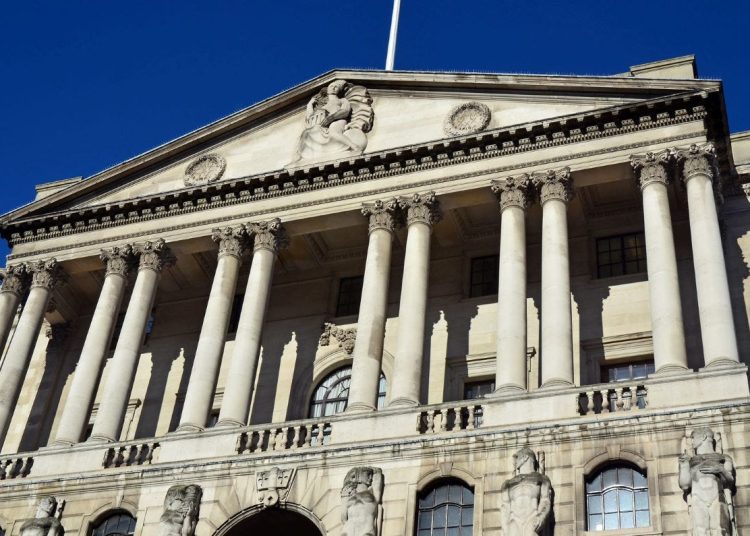14 August: Energy Bills Falling More Slowly Reverses Recent Trend
Inflation in the year to July edged higher to 2.2%, up from the Bank of England’s target of 2% recorded for the 12 months to June, writes Kevin Pratt.
The rate at which prices are rising hit a recent historic high of 11.1% in October 2022. It has been falling since then thanks mainly to reductions in energy prices, which peaked in the wake of Russia’s invasion of Ukraine in February of that year.
July’s increase, expected by many economists, was blamed by the Office for National Statistics on gas and electricity prices falling by less than they did last year. Price reductions in the hospitality sector helped counter this upwards pressure.
Inflation data is scrutinised by market-watchers because the Bank of England uses interest rates to help achieve its 2% target, which is set by the government.
Last month the Bank reduced its main rate to 5% from 5.25%, reached in August 2023 in the battle against rising prices. It has stated that it expects inflation to fluctuate in the coming months, so today’s figure is not expected to alter its strategy of cutting borrowing costs, although the timing of further reductions remains uncertain.
The next Bank Rate decision is on 19 September, with August’s inflation figure due out the day before.
The latest US inflation figures are also out today, showing a 2.9% year-on-year increase in prices, just below expectations. This…



























































